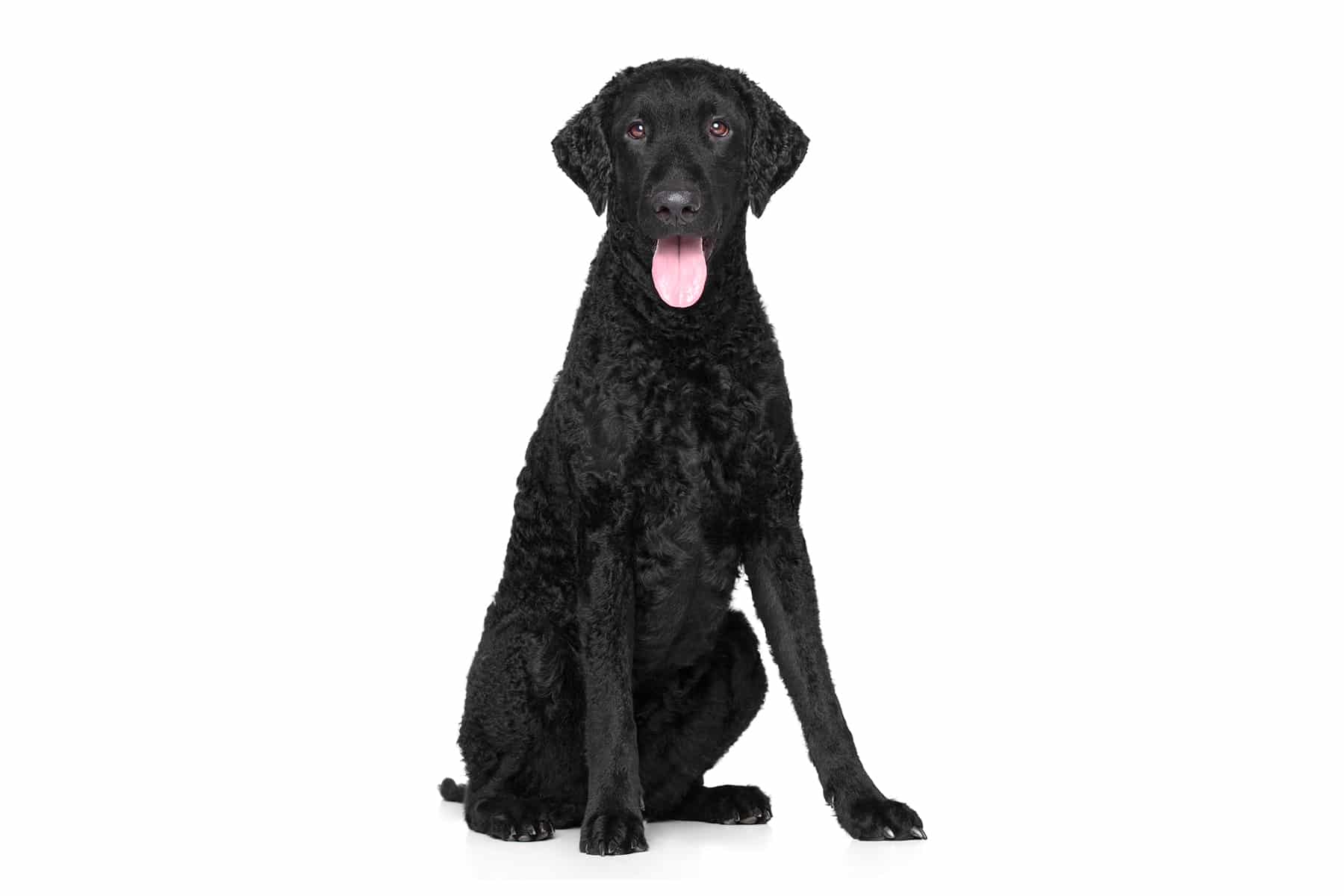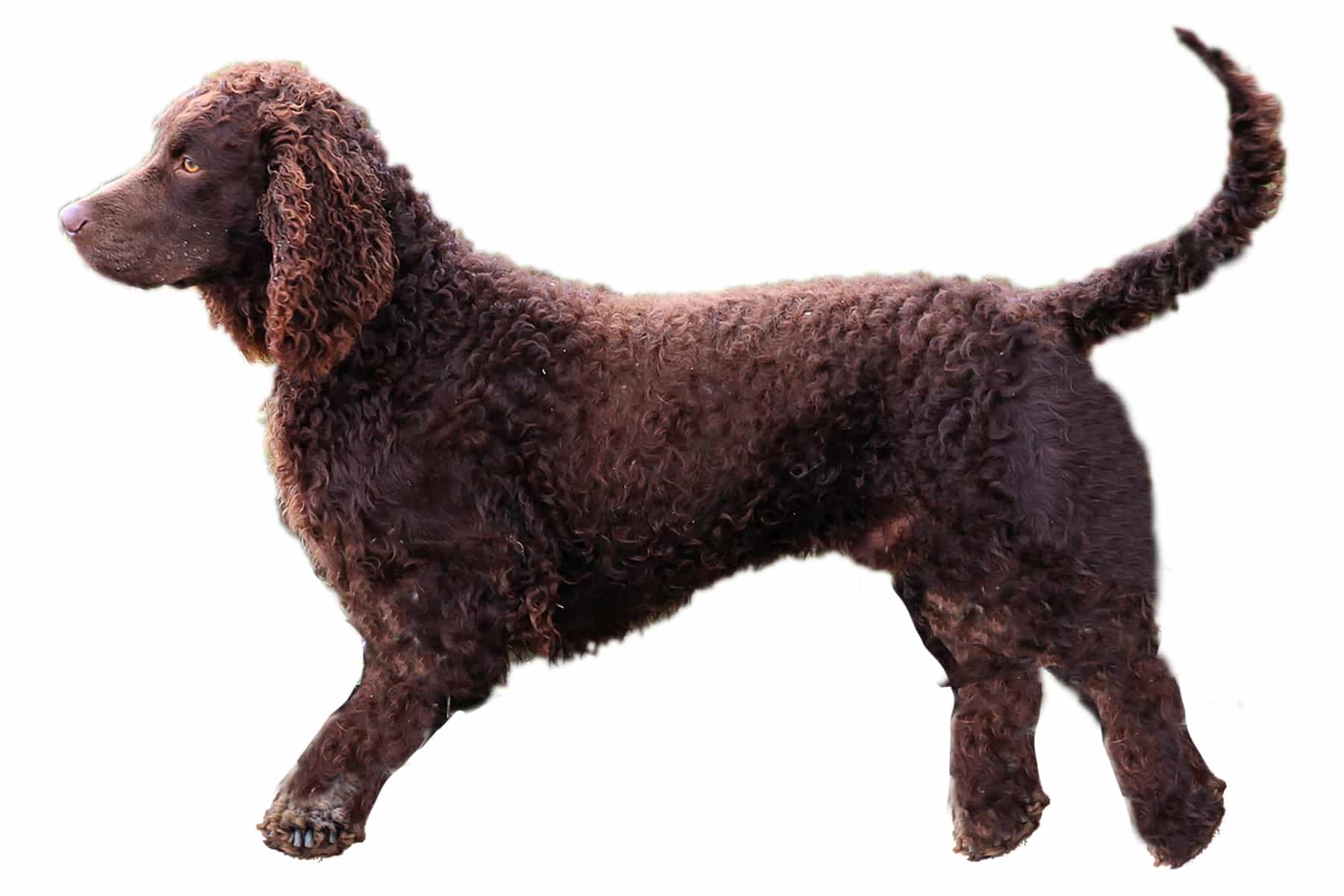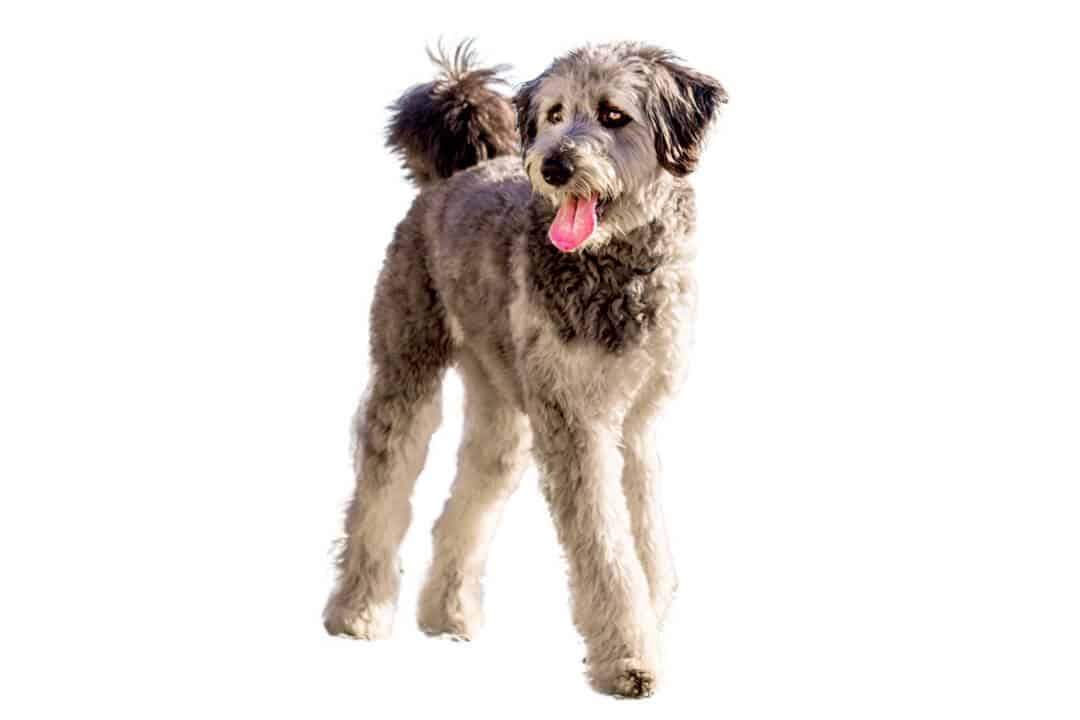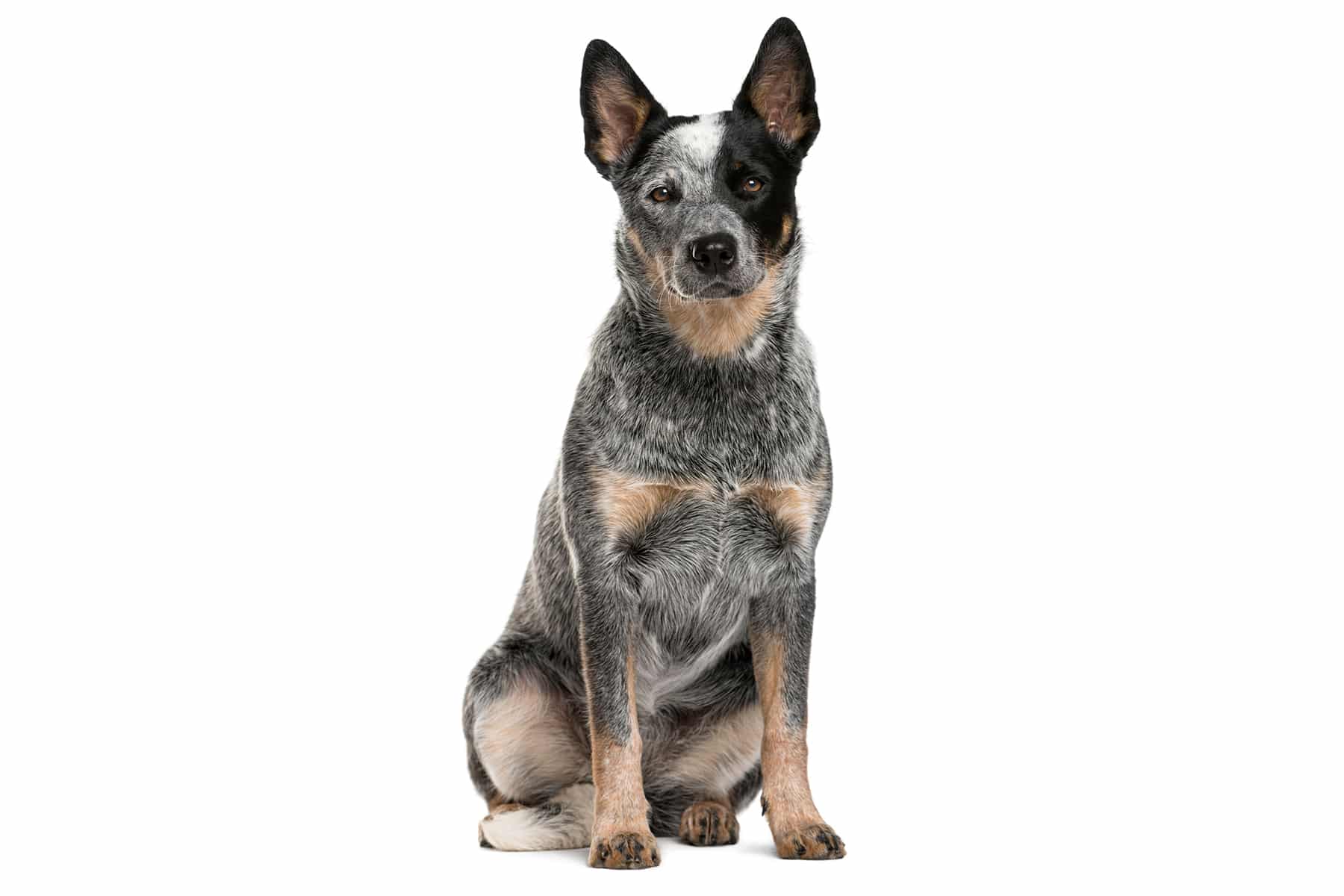German Roughhaired Pointer
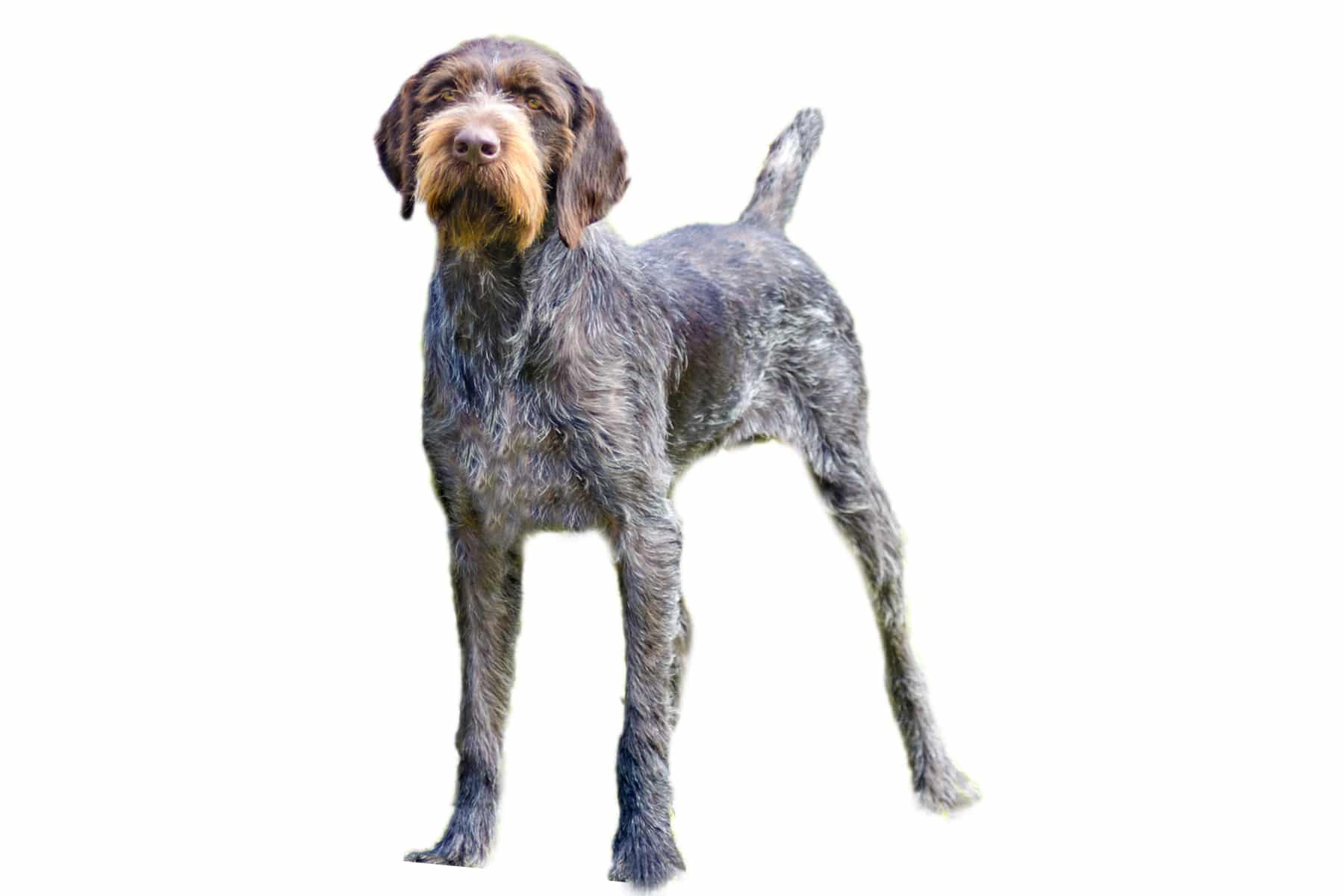

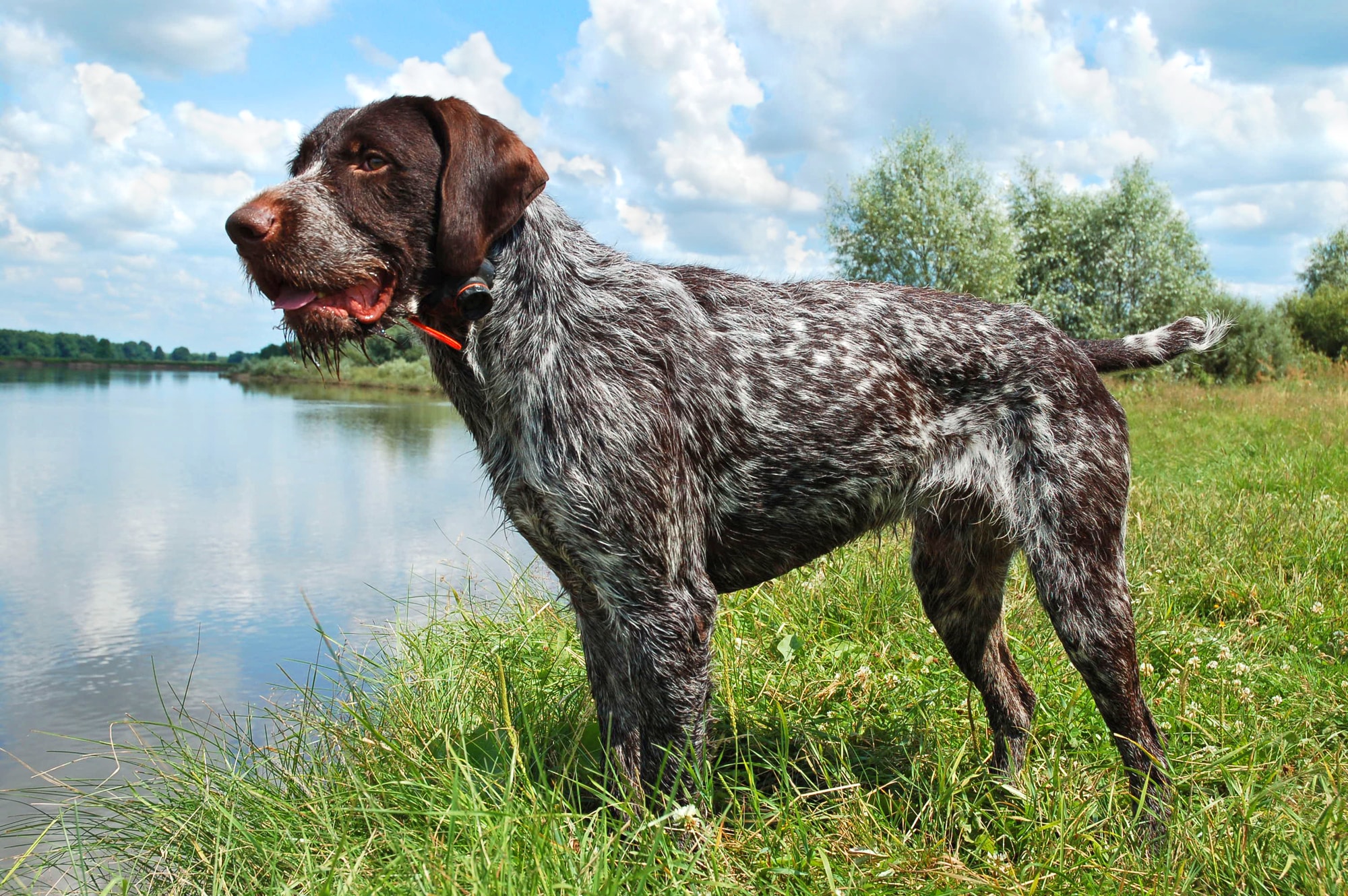
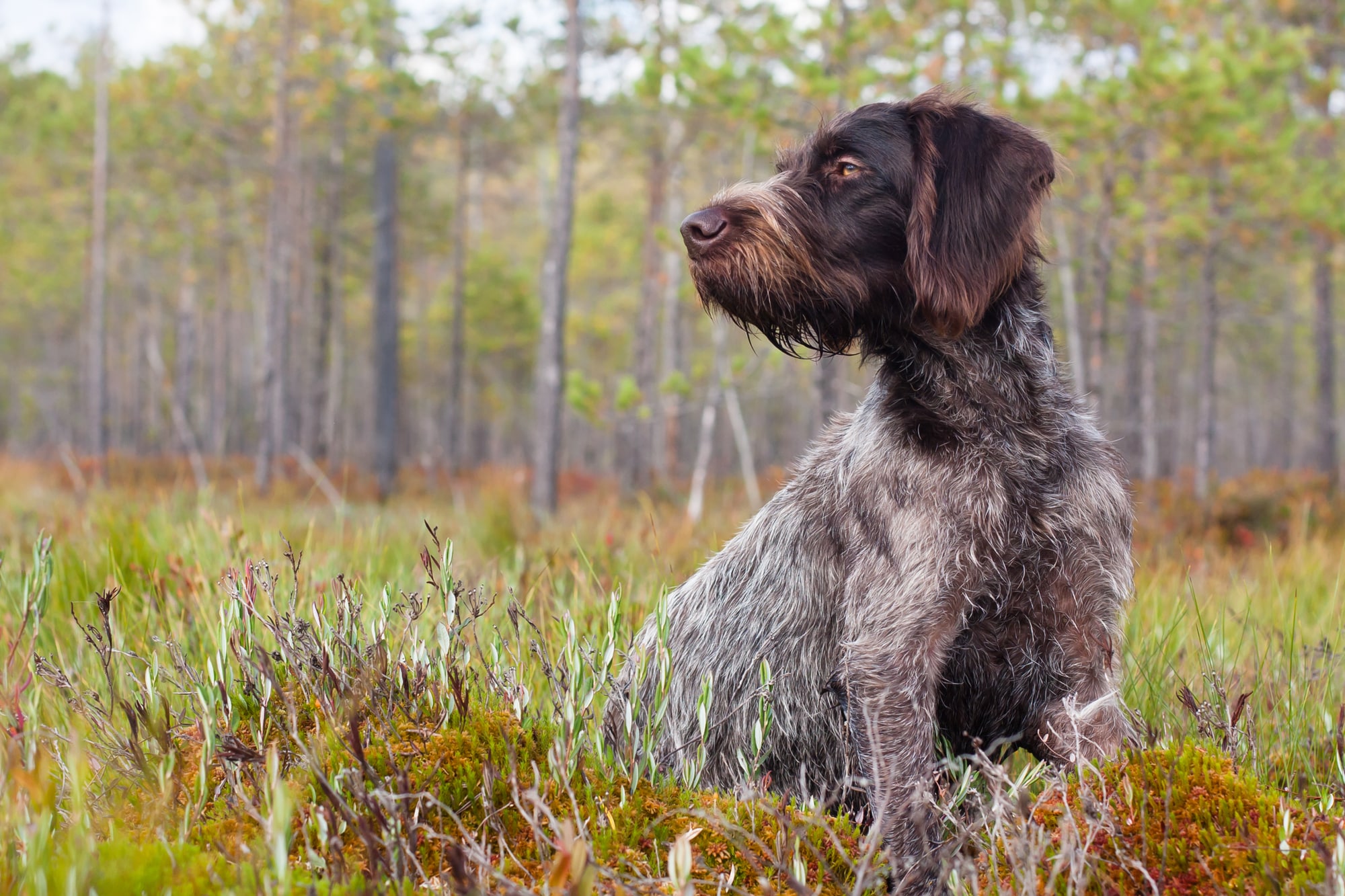
Temperament:
The Deutsch Stichelhaar belongs to the breed of pointing dogs. Pointing dogs were originally bred for hunting. They show the hunter the game they have found.
Characteristics
The Deutsch Stichelhaar has a calm and balanced nature. He is very easy to train and very willing to learn. His alertness and protective instinct are very pronounced, but well controllable.
Males reach a shoulder height of 60 to 70 centimeters. Females are slightly smaller at 58 to 68 centimetres. The weight of a German Stichelhaars is usually between 20 and 29 kilograms.
The coat is hard and bristly. It is loose lying and has a moderate undercoat. The German Stichelhaar comes in different colors and patterns. They are often solid brown or have a white chest patch. There are also brown and light gray. The coat is about 4 centimeters long.
The body of this breed is square and strong. The topline is straight and slopes slightly towards the croup. The skull is broad and slightly domed. The ears are smooth, drooping and set high. In appearance, the Deutsch Stichelhaar is reminiscent of the Deutsch Drahthaar.
The nature of the Deutsch Stichelhaar is generally calm. Its temperament comes to the fore when its skills are encouraged through regular training. If you take a Deutsch Stichelhaar into your family, you will have a friendly new roommate.
Your new pet is neither shy nor aggressive. If you keep him busy enough, he will be a loyal companion. However, you must make it clear to him that you are the leader in the hierarchy. Only then will he be a loyal dog.
The Deutsch Stichelhaar is very popular with hunters. However, it is rather unsuitable as a pure family dog.
The natural instincts of the Deutsch Stichelhaar can be well controlled with the right training. This is best achieved with hunting dog training. Training is therefore much more complex than with other dogs. Attending a normal dog school is therefore unfortunately not enough. For this reason, the Deutsch Stichelhaar is generally only given to hunters.
Coat care:
Shedding:
Energy level:
Trainability:
Children suitable:
The right food
The German Stichelhaar makes no special demands on its food. It is important that the food contains all the important nutrients and that the ingredients are of high quality. The meat content should be high. Your pet should only be given treats in moderation. After all, his weight should not skyrocket unnecessarily.
Health & Care
In terms of grooming, the Deutsch Stichelhaar is similar to many other hunting dogs. The grooming effort is therefore low. Brushing the coat once a week is completely sufficient. The Deutsch Stichelhaar is very robust in terms of health. Fortunately, it is hardly susceptible to diseases.
Suitable accessories
If you want to keep your German Stichelhaar as a hunting dog, you should purchase the appropriate accessories. These include special training whistles. Scents for training and dummy game are also part of your range.
Otherwise, you should get everything that every other dog needs. This includes a lead and a collar. Various toys, bowls, brushes and a suitable place for your pet to sleep are also essential.
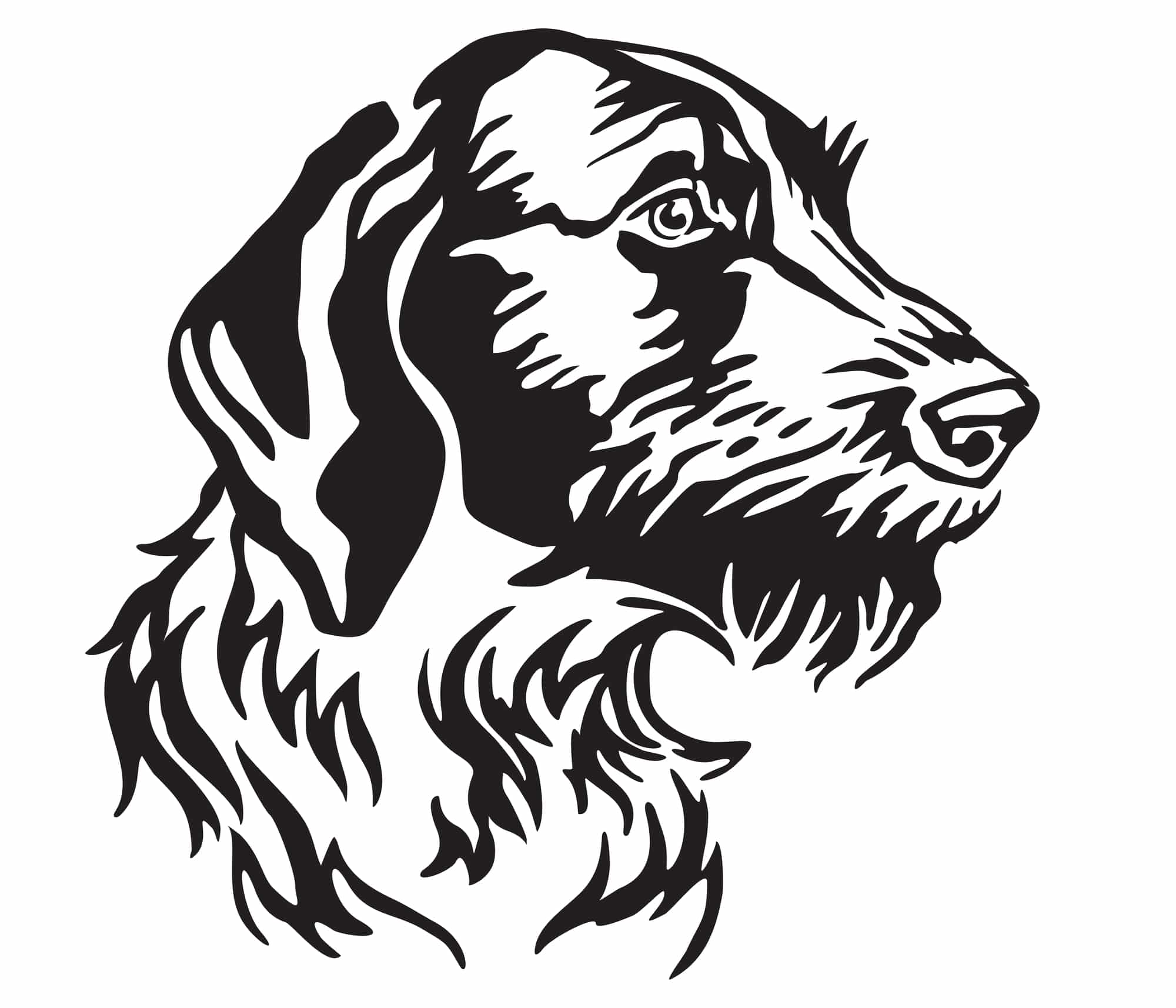
Origin & History
As the name suggests, the Deutsch Stichelhaar originates from Germany. It is also the oldest German rough-haired pointing dog. In 1888, the cynologist Hans von Kadisch was able to prove that the Deutsch Stichelhaar is a form of the German hound. The "Club Stichelhaar" was founded in his honor in 1892.
The history of the Deutsch Stichelhaar goes back many hundreds of years. As early as 1539, this dog breed could be admired in copperplate engravings.
